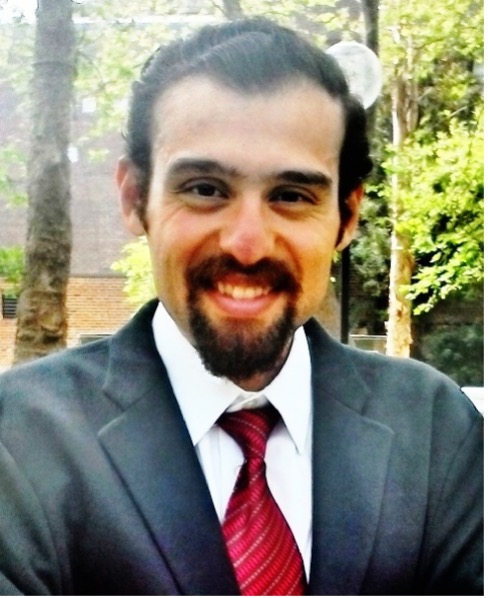Two Steps to Effective Organizational Change Management
By Mostafa Sayyadi
Today’s organizations that face challenges such as the emergence of new technologies and hypercompetitive competition in today’s global environment do not like change. Yet, they must embrace it. Resisting change could lead to destruction, and by ignoring external threats and the wide array of growing competitors, organizations find themselves missing the train that has left the station. To create a powerful change, executives need to take the following two steps:
Step 1: Invest in Social Capital-based Structures
Agility is a key component of business success in today’s hypercompetitive world. To achieve a high level of agility, organizations need to create a high level of social capital. The second step of change emphasizes this issue to show how organizations can achieve a new order that is necessary for innovation and survival. We need a new form of social capital-based organizational structure.
Organizations today must strive to be agile. The sad reality is that as organizations grow in their business environment, they move away from helping society, because their main incentive is, in general, to prosper, and, in other cases, they place their focus on survival. Survival sometimes brings inertia and less agility.
Social capital can play a very important role in achieving agility and reducing the gap between external changes and the proper response to these changes. Building a social capital-based organizational structure that strengthens trust and interaction between organizational members should become the task of innovative and transformational leaders in today’s business environment.
To achieve a high level of agility, social capital-based organizational structures factor into this complex equation by designing the power of trust and interaction between human resources and society. This type of organizational design increases the exchange of ideas among employees and leads to the growth of knowledge flow and causes the realization of the learning organization.
Some organizations must redesign the organizational processes and events to maximize the interaction of human resources from all parts of the organization to achieve a systemic approach among them to volunteer, give, and offer support to the communities that they serve. The organization becomes more compatible with its business environment, through more effective, timelier, and more innovative responses to the external changes in society.
While many organizations do not suffer from a lack of ideas (human capital), they do not have effective mechanisms for sharing these ideas and using them (social capital). The social capital-based organizational structure is the missing link for realizing the potential of turning human capital into social capital.
Step 2: Become a Goal-Oriented Organization
Goal setting is based on both cultural and strategic aspects of your organization. The true embodiment of purpose in your organization’s culture and strategy spans a wide range from maximizing market value to meeting a specific customer need. Peter Drucker always kept the customer in mind. I also would like to add all stakeholders to the goal-setting equation. This step helps senior executives more effectively achieve their goals and not replace their goals with new goals without closure.
To become a goal-oriented organization, you need to write down your mission. While missions must be ambitious, they also must be within reason.
For example, Tesla’s mission statement expresses this well: “Create the most compelling car company of the 21st century while driving the world’s transition to electric vehicles.” While this goal is very ambitious and futuristic, it is also specific and related to the industry in which this electric car manufacturing giant operates. The goal incorporates all the cultural and strategic aspects of this company to transform the views of the people of the world towards electric cars.
Now is the time to implement written goals. The most important component in the implementation of goals is commitment. And having commitment means including goals in all components of your strategy, from budgeting to operational risk management.
Communication, continuous reporting, and sharing of ideas and stories are very important and vital in this process. These goals should be also very flexible while looking into the future. Flexibility means planning for specific scenarios and major changes in market trends so that the company’s profits are not affected in any situation or a major change.
Finally, have a clear framework for integrating goals into your culture. Organizational culture is the heartbeat of your company. In my experience, although this framework varies depending on the type of business and industry in which you operate, it’s required meaningful and frequent conversations among senior executives and the rest of the company so all members can understand “Why we are doing this?”
Goal setting is an arduous and iterative process. Determining the goal is only the first step in a host of subsequent goals. It requires clearly formulating it, making a commitment to it, and including it in all cultural and strategic components. Build flexibility into the goal-setting process and feel good about going into the new.
In Conclusion
Now that you know the two steps of success change, evaluate your company for each of these two steps. And recognize your areas of weaknesses to help you resolve them to be a thriving company in the global business environment.

Mostafa Sayyadi works with senior business leaders to effectively develop innovation in companies, and helps companies—from start-ups to the Fortune 100—succeed by improving the effectiveness of their leaders. He is a business book author and a long- time contributor to business publications and his work has been featured in top-flight business publications.